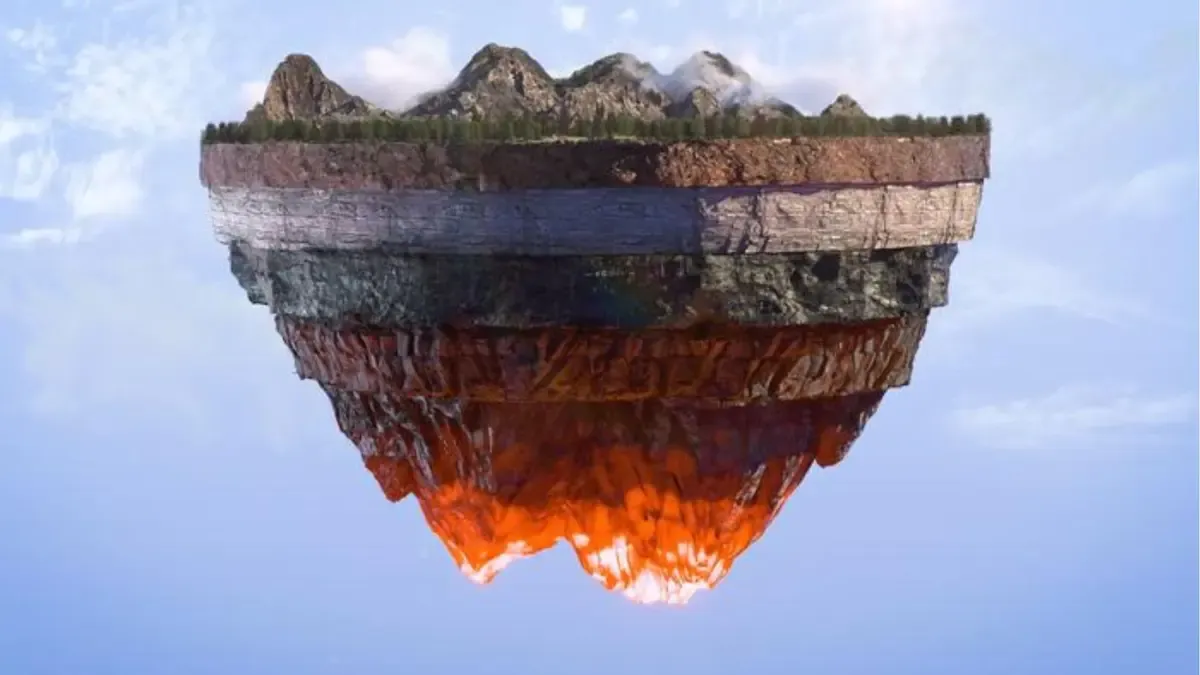Let’s cut to the chase: humanity needs energy—a lot of it. And so far, we’ve been getting by with half-baked solutions. Oil is dirty, gas is expensive, nuclear is complicated, solar and wind are unreliable, and fusion… well, fusion is that promise that’s always “just 30 years away.”
But what if I told you that everything is about to change?
Not because of some sci-fi breakthrough that might happen in the distant future. Not because of another government subsidy to prop up inefficient renewables.
No. This is real, it’s happening now, and if you pay attention, it could be the biggest opportunity of your lifetime.
Infinite energy has been right beneath our feet all along
Iceland runs on free, clean geothermal energy. Why? Because it sits on top of a volcanic hotspot. The problem with conventional geothermal energy is that it only works in a few lucky places.
But what if we could tap into that same energy source anywhere on the planet?
That’s exactly what Quaise Energy, a company born at Massachusetts Institute of Technology, is making possible.
Here’s how:
By drilling 10 kilometers (6 miles) deep, where temperatures exceed 375°C (700°F). At that depth, water doesn’t behave like normal water. It turns into supercritical steam, which carries 5 to 10 times more energy than today’s geothermal systems.
This means we can generate clean, constant power—anywhere in the world—24/7, without depending on the sun or wind.
And here’s the real kicker: we don’t need to build new power plants.
We can retrofit existing fossil-fuel plants, turning them into clean energy hubs without the need for a costly industrial overhaul.
Take a second to imagine it:
All the world’s coal and gas plants transformed into emissions-free, unlimited power sources—without new infrastructure.
This isn’t speculation. It’s real.
The secret weapon: melting rock like butter
This is the game-changer: we’re not talking about using traditional drills like oil rigs. Those are slow, expensive, and prone to failure at extreme depths.
Instead, Quaise is using gyrotrons—a technology that generates high-powered microwaves capable of melting the hardest rock as if it were butter.
Paul Woskov, the MIT scientist behind this breakthrough, puts it simply:
“We’ve been drilling with the same technology for a century. It’s time to change the game.”
And that’s exactly what’s happening.
Independent research from Switzerland’s EPFL (École Polytechnique Fédérale de Lausanne) has already confirmed that superheated rock can naturally fracture, allowing supercritical steam to flow freely and maximize energy extraction.
This isn’t just a theory anymore. The tech is ready to be deployed.
What this means for business: the biggest shift in decades
Let’s talk about the bottom line.
If you run a business, manage infrastructure, or think long-term, this isn’t just an interesting news story. It’s a seismic shift.
Why?
Because once this technology scales, energy prices could plummet, and energy independence will be a reality.
Here’s what that means for you:
- Lower, stable energy costs. No more price spikes due to oil or gas shortages.
- No more geopolitical energy dependence. Every country can produce its own energy locally.
- Regulatory compliance without sacrificing profits. Zero emissions, without additional costs.
- A once-in-a-generation opportunity. The companies that adapt first will dominate.
Which side of the equation do you want to be on?
The big question: when does this take off?
Unlike fusion, which has been “just 30 years away” for the last 50 years, this is happening now.
Quaise has already begun pilot tests and expects to have its first commercial plant online by 2028.
And the industry is paying attention.
Mitsubishi has already invested in Quaise, betting that this could be the biggest energy disruption since the Industrial Revolution.
If you have vision, you already know what this means.
The time to act is now
The companies that shape the future don’t wait for change—they create it.
This shift is already in motion.
If you wait too long, you’ll end up like the people who dismissed the internet as a fad. Or the ones who thought electric cars would never catch on.
So, the only question left is:
Are you going to watch from the sidelines, or are you going to ride the wave?










